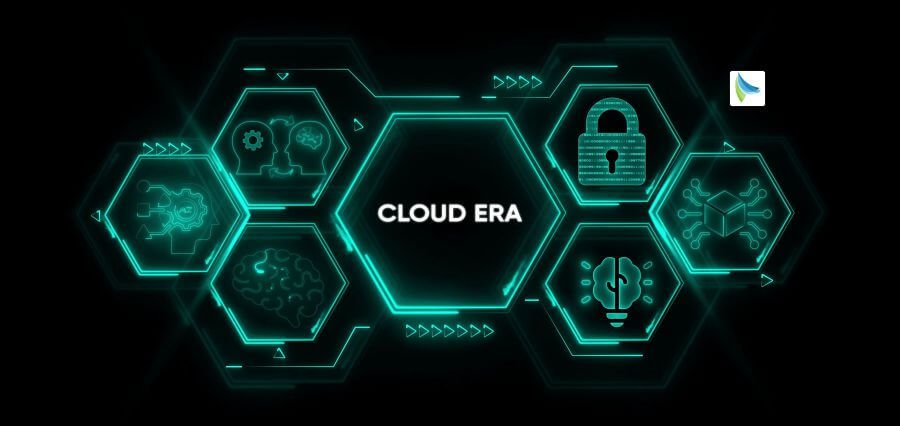In this age of artificial intelligence, automation, and non-stop innovation, digital transformation is no longer a choice, it’s a necessity. Organizations globally are racing to transform processes, redefine customer experiences, and automate operations with digital technologies. Yet behind every successful transformation is something more intrinsic than technology itself: humans. And specifically, leaders embracing leadership through learning as the platform of change that lasts.
Digital transformation is not a one-night stand. It is a lengthy company-wide transformation that changes value creation and value delivery. To gain momentum, for such an evolution to occur, businesses require leaders who are receptive to transformation and also dedicated to ongoing learning and growth along the way.
That’s what sets transformative leadership apart from conventional management, leadership through learning is not a tool; it’s a mindset.
Why Digital Transformation Calls for a New Model of Leadership?
The digital era of today has made most leadership playbooks of the past irrelevant. Static frameworks, fixed knowledge, and command-and-control no longer apply when technologies change overnight, customer needs change overnight, and competition can come from anywhere.
In this unpredictable setting, leaders need to learn quicker than change. They cannot depend only on historical experience when making choices; they need to remain alert, responsive, and fully engaged to new trends and tools. More importantly, they have to develop a culture that honors learning, fosters experimentation, and regards failure as a steppingstone to innovation.
Learning leadership provides just that. It renders leaders more open-minded, humble, and see challenges as a threat not, but learning opportunities. In the process, they impart the same mindset in their teams, making companies which are not only digitally enabled but indeed transformation-capable.
Learning as a Leadership Competency
Leadership had, for a long period of time, been synonymous with knowingness, surety, and authority. But today, with the digital age, those are being redefined. The best leaders are those who know what they don’t know and seek out what they do need to know in order to grow. They learn from others, welcome criticism, and bend when conditions change.
This way, this style becomes believable and authentic. When the people witnessing their supervisors learning in action—whether it is solving problems with new technology, interacting with customers in new ways, or re-examining past strategies, their employees are much more likely to do so as well. Learning is a contagion.
And third, when leaders embody continuous learning, they communicate to employees that progress is more important than perfection. This paradigm allows teams to make educated risks, provide innovative suggestions, and savor authentic problem-solving. With this kind of culture, innovation thrives, and change is not only possible but sustainable.
Making Learning a Cultural Habit
Rolling out new technology is comparatively simple. Challenging fundamentally is to change the way people think, work, and interact with one another. That is why developing a culture of learning—led by the leadership—is essential for digital transformation success.
It begins with little things: managers recognizing when they don’t understand something new on a platform, seeking answers rather than dictating to others, or trading advice from a recent class or conference. These tiny-sounding actions speak volumes: learning is simply part of the job, regardless of what your job title is.
As time passes, these ways of behaving come to define the organization’s culture. Curiosity is worth more than degrees. Flexibility is preferable to certainty. And change is not so terrifying—because everyone is doing it together.
When leadership learning is the new normal, businesses understand that change is not a project anymore but a continuous journey. Digital objectives are easier to rally around, upskilling is sanctioned by the workforce, and the business becomes disruption-proof.
A Real-World Example: Learning at the Top
Consider Satya Nadella revolutionizing Microsoft. Microsoft was burdened by inertia and internal silos when Nadella took the CEO role. Nadella notoriously changed the company culture from “know-it-alls” to “learn-it-alls.” The cultural change was about empathy, learning, and trying things.
The outcome was breathtaking. Microsoft repositioned itself as a leader in business software, artificial intelligence, and cloud computing—while also remodeling internal culture and external perception. Nadella’s leadership through learning commitment didn’t only revamp systems; it reinvented purpose, enhanced collaboration, and ignited fires of innovation.
This photograph is referring to a harsh reality: technology by itself isn’t going to revolutionize businesses—people will. And people are most inspired by leaders who will learn and grow with them.
From Concept to Commitment
Taking on leadership through learning isn’t about enrolling to attend yet another seminar or adopting a couple of training modules. It’s learning how to incorporate learning into the fabric of leadership. Leaders have to see every problem as an opportunity to learn and every transformation as a process of growth.
Start by asking questions more often than offering answers. Surround yourself with people who challenge your perspective. Reflect regularly on what’s working and what’s not—and be willing to pivot. Most importantly, invite your team into that process. Make learning visible, mutual, and ongoing.
If this is the mindset that is adopted from the very beginning, it permeates the company in no time. Individuals feel more engaged, nimbler, and more open to the changes that digital transformation holds.
Conclusion: Learning is the New Leadership
In a data-, speed-, and innovation-first world, learning is no longer an option, it’s the most important leadership skill of all. And leaders who lead through learning don’t only keep up with the future they forget it.
Mastering leadership through learning is not about being a master. It’s about being open enough to learn, humble enough to grow, and courageous enough to take others with them. When digital transformation is rewriting the maps of industries, those with the courage to lead through learning will be the ones to drive meaningful, lasting impact—not only for their companies, but for the people who work in them.
Read More : Paul Taylor – The Architect of Agile Leadership and Lifelong Learning
















